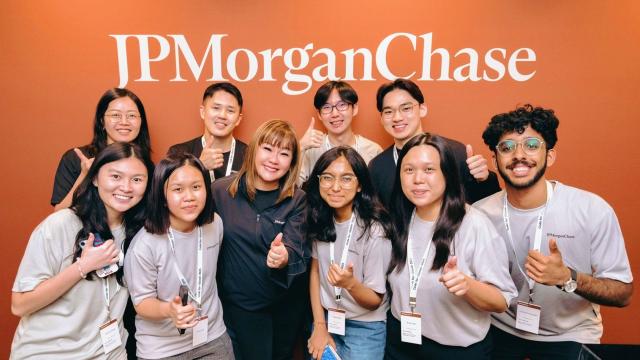Mechatronics Systems students learn model-based systems engineering with the help of industry experts from IBM Singapore.
In the dynamic cityscape of Singapore, a pioneering initiative is unfolding at the Singapore Institute of Technology (SIT). A group of 56 students embarked on a unique journey into the world of model-based systems engineering (MBSE). Under the mentorship of Marco Forlingieri, associate faculty member at SIT and ASEAN Engineering Leader from IBM Singapore, students engaged in a hands-on exploration of IBM® Engineering Systems Design Rhapsody®. This course stands as Singapore’s only dedicated MBSE academic offering under the Mechatronics Systems degree programme.
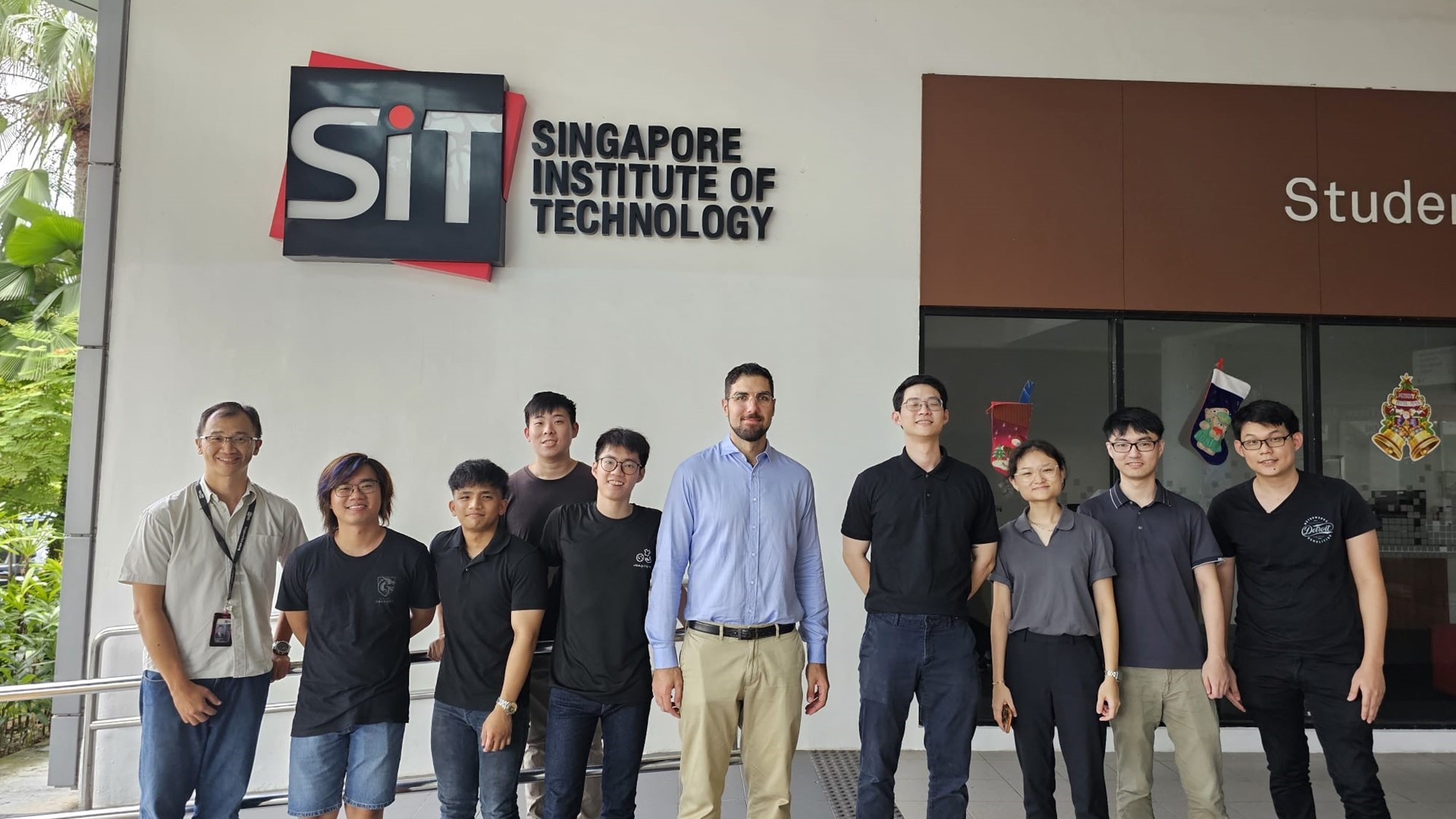
SIT MBSE students and Associate Professor Paw Yew Chai, Programme Leader, Mechatronics Systems degree programme, SIT (far left) with Marco Forlingieri, Associate Faculty, SIT and Senior Technical Leader, IBM Singapore (centre). (Photo: IBM)
IBM has been at the forefront of technological innovation. It is renowned for its cutting-edge AI technology such as IBM® watsonx.ai™ and its IBM Cloud® business, and is also a global leader in powerful engineering systems like IBM Engineering Lifecycle Management. This commitment extends to fostering the systems engineers of the future, exemplified by their collaboration with SIT on the MBSE course.
MBSE Unveiled: A Paradigm Shift in Engineering Methodology
Model-based systems engineering represents a departure from conventional engineering approaches. MBSE brings complex systems to life with visual models, moving away from the paperwork-heavy traditional methods. For instance, think about designing a car: instead of interpreting pages of documents, you can visualise the vehicle’s structure and functions through static and dynamic executable models – a preview before the actual build. In other words, MBSE elevates systems engineering by using models.
A Journey of Immersive Learning at SIT
Over a span of three engaging months, students from the Mechatronics Systems degree programme at SIT – guided by Mr Forlingieri – explored the practical applications of MBSE. This hands-on course went beyond theoretical foundations, focusing on the fundamentals of MBSE: method, language and tool. Students chose a system to model, defined modelling goals, and demonstrated their skills in various activities, including mock pitching MBSE to engineering organisations, defining system architecture and creating advanced model simulations.
IBM provided the necessary expertise, tools and licenses through its academic programme, thus empowering students to use the full potential of MBSE.
Voices from the Classroom: MBSE in Action
"This course was a game-changer,” says Nicole Charmaine Ng, one of the students who took the IBM Engineering Systems Design Rhapsody course. “We didn't just learn; we applied MBSE to real-world scenarios, such as a new generation air con system, and we used it for early validation to check system behaviour and interfaces before it is implemented. This is great for such prototyping but also for enhancing existing systems or identifying issues in a much earlier phase. Thanks to our professors and the support of Enrico Seidel from Continental Automotive, we managed to learn how to master IBM® Rhapsody® in a few weeks.”
“Rhapsody ensures compliance to the systems modelling language notation and is a useful tool to learn MBSE,” says Gregory Mah Jin Long, a student who took the course. “Learning by modelling was essential! Especially after the recent investments of companies such as Hyundai, Dyson and Nvidia, Singapore’s aspirations to become a key innovation and research and development hub in Southeast Asia is becoming a reality and MBSE can accelerate this journey.”
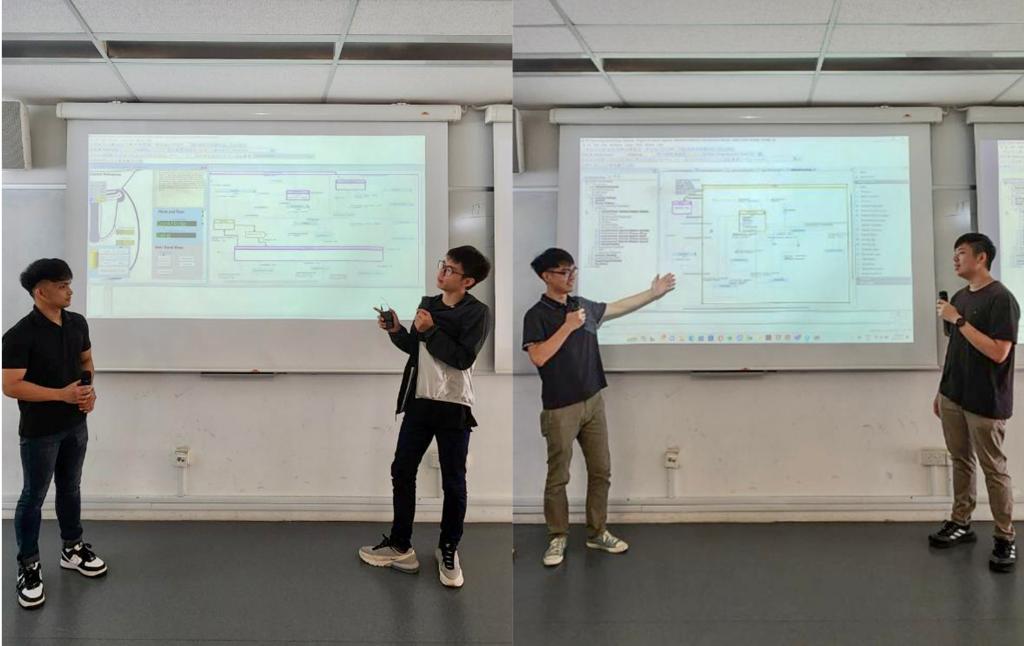
SIT students presenting their systems modes. (Photo: IBM)
Student John Abogado and his groupmates used IBM Rhapsody as a prototype of a thermomix system and explored several new functionalities. John goes straight to the point: “IBM Rhapsody provides us with a comprehensive but simple modelling and design tool that helped us create our thermomix simulation. Furthermore, the integration and support of computer programming in the modelling tool helped us to implement complex features of the thermomix.”
Systems Engineers: Pioneering Singapore's Tech Frontier
As Singapore propels itself into the forefront of technological innovation – with companies like ST Engineering, Dyson and Continental leading the charge – the demand for skilled systems engineers is escalating. For instance, the Singapore Economic Development Board (EDB) reports that the electronics and precision engineering cluster, which encompasses systems engineering, has witnessed a remarkable 7 per cent annual growth.
Associate Professor Paw Yew Chai, who leads the Mechatronics Systems programme at SIT, sees great benefits in teaching MBSE with the help of industry professionals and advanced tools such as IBM’s offerings.
“In the past, we used other industry tools, but they were very limited,” says A/Prof Paw. “We like that IBM tools are used in companies like Continental and ST Engineering that require skills in MBSE, where our students go for their Integrated Work Study Programme and apply the knowledge they learned in class. This not only helps them gain valuable skills before entering the job market but also benefits Singapore's engineering sector by having systems engineers skilled in MBSE.”
SIT's Commitment to Real-World Skills
Known for its commitment to applied learning, SIT offers industry-relevant degree programmes that prepare its graduates to be work- and future-ready professionals. The University aims to maximise the potential of its students through combining academic knowledge and skills with real-world applications in the industry and community. The MBSE course at SIT exemplifies this ethos, preparing students for the challenges of contemporary engineering.
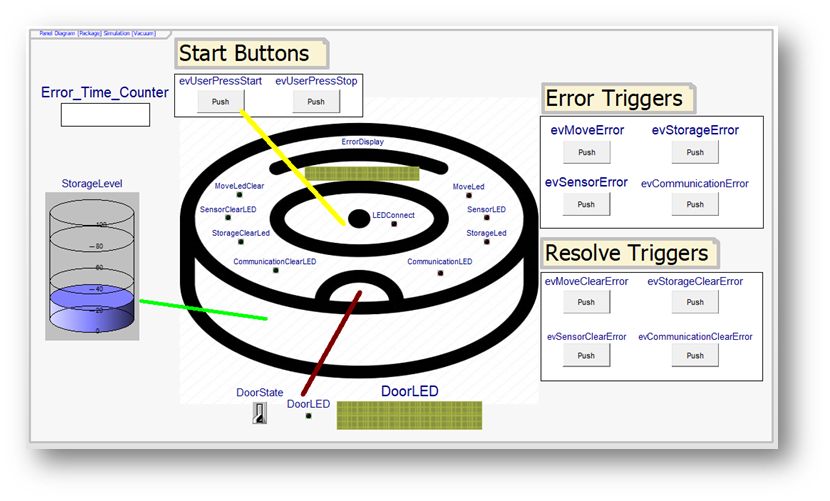
A student’s IBM Engineering Systems Design Rhapsody project showing an autonomous vacuum cleaner prototype.
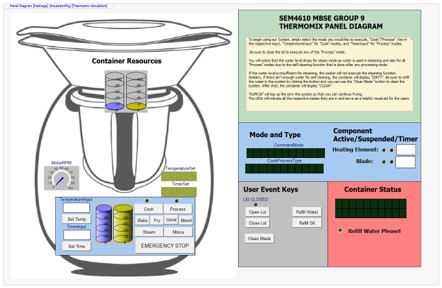
A student’s Rhapsody project of their cooking thermomix prototype.
Says A/Prof Paw, “We are pleased to have associate faculty and guest lecturers from the industry complementing our University’s academic curricula with their professional expertise. This helps to foster the development of in-depth, domain-specific knowledge, industry readiness and transferable skills in our graduates and ensures that the curriculum remains relevant to evolving industry needs.”
The MBSE course at SIT, enriched by IBM Rhapsody, marks a significant step toward cultivating the skills of future systems engineers. As Singapore solidifies its status as a hub for technological innovation, the collaboration between SIT and companies such as IBM underscores the critical role of advanced education in shaping the engineers of tomorrow. The journey into MBSE is not just an academic pursuit; it's a transformative experience, opening doors to a bright career in systems engineering.
This article was first published on IBM's blog.















![[FA] SIT One SITizen Alumni Initiative_Web banner_1244px x 688px.jpg](/sites/default/files/2024-12/%5BFA%5D%20%20SIT%20One%20SITizen%20Alumni%20Initiative_Web%20banner_1244px%20x%20688px.jpg)


